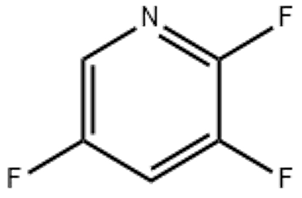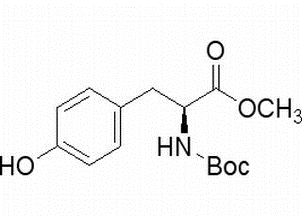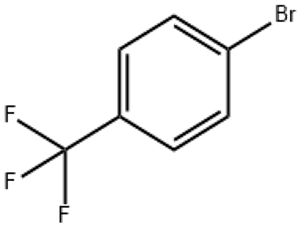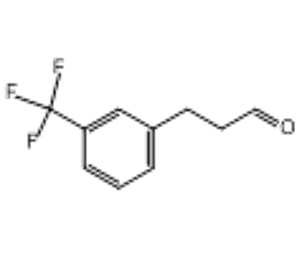2 3 5-trifluoropyridine (CAS# 76469-41-5)
| Risk Codes | R36/37/38 – Irritating to eyes, respiratory system and skin. R10 – Flammable |
| Safety Description | S26 – In case of contact with eyes, rinse immediately with plenty of water and seek medical advice. S36/37/39 – Wear suitable protective clothing, gloves and eye/face protection. S37 – Wear suitable gloves. |
| UN IDs | 1993 |
| HS Code | 29333990 |
| Hazard Note | Flammable/Irritant |
| Hazard Class | 3 |
| Packing Group | III |
Introduction
2,3,5-Trifluoropyridine is an organic compound with the chemical formula C5H2F3N. The following is a description of its nature, use, preparation and safety information:
Nature:
2,3,5-Trifluoropyridine is a colorless liquid with a pungent odor. It has a density of 1.42 g/mL, a boiling point of 90-91°C, and a melting point of -47°C. It has strong hydrophobicity and is difficult to dissolve in water, but it can be dissolved in common organic solvents such as ethanol, acetone and xylene.
Use:
2,3,5-Trifluoropyridine is mainly used in the field of organic synthesis. As an effective fluorination reagent, it can be used in fluorination reactions, and is often used in the reaction of introducing fluorine atoms. In addition, it can also be used as an intermediate for the synthesis of drugs, pesticides and other organic compounds.
Preparation Method:
2,3,5-Trifluoropyridine has many preparation methods, one of which is commonly used to obtain by reacting 2,3, 5-trichloropyridine with hydrofluoric acid. During the reaction, 2,3, 5-trichloropyridine is reacted with hydrofluoric acid in a suitable solvent, and the reaction temperature and pH value are controlled to finally obtain 2,3,5-Trifluoropyridine.
Safety Information:
Pay attention to safety measures when handling 2,3,5-Trifluoropyridine. It is a pungent odorous compound that may cause irritation to the skin, eyes and respiratory system. Therefore, avoid direct contact with skin and eyes when using, and make sure to operate in a well-ventilated place. During handling and storage, it is necessary to take appropriate protective measures and avoid contact with oxidizing agents and strong acids to prevent dangerous reactions.
In addition, for the use of any chemicals, please follow the correct operating procedures and relevant regulations, and consult professional guidance when necessary.








